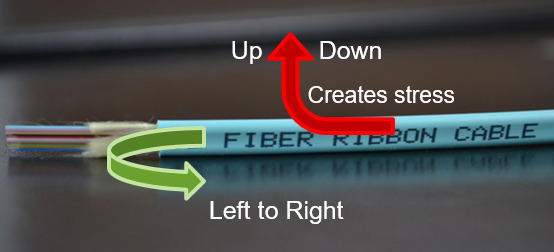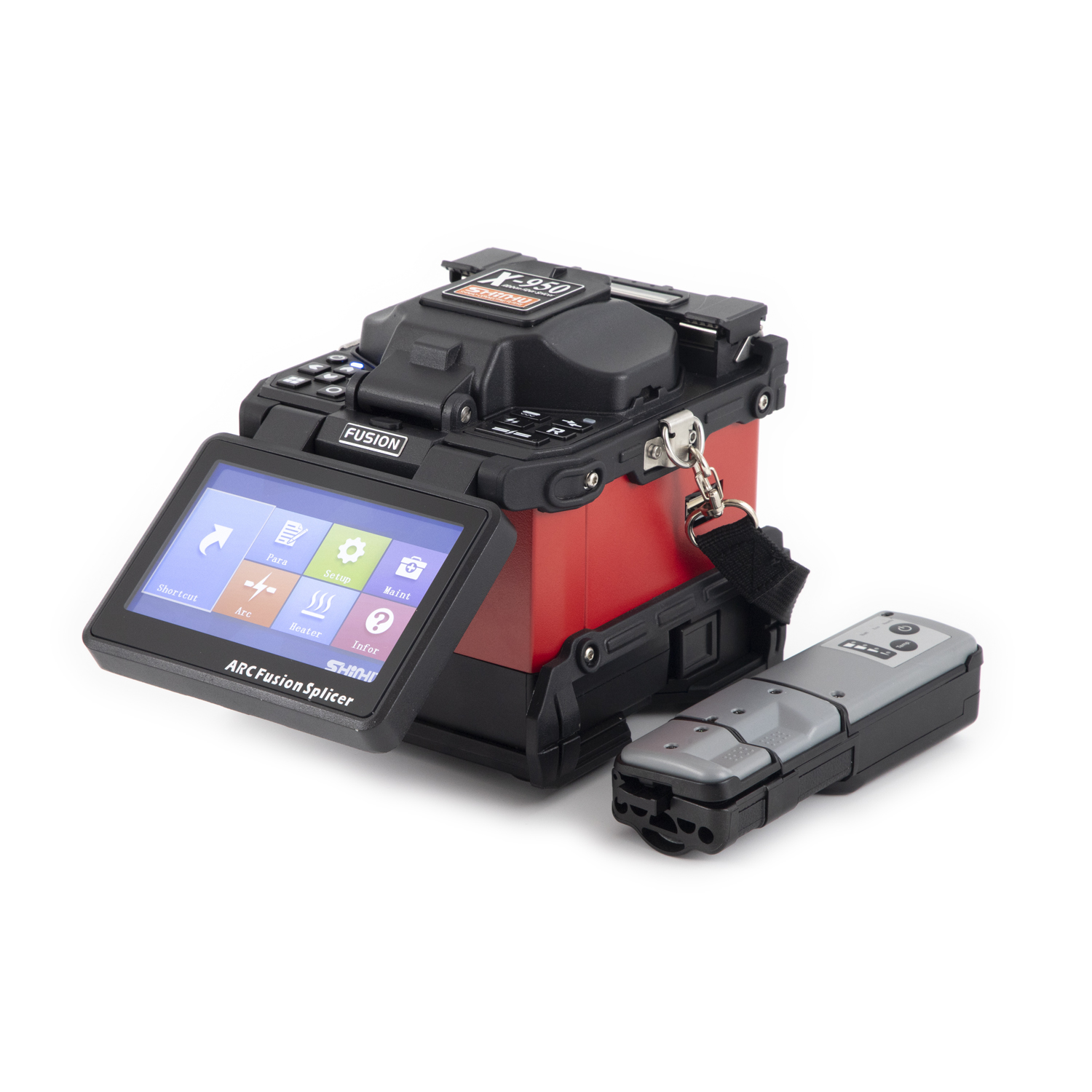Categories
Latest Blog
Ribbon Fiber Benefits & Disadvantages
In
order to meet the increasing system bandwidth needs, local area network (LAN)
campus and building backbones, as well as data center backbones, are migrating
to higher cabled fiber counts. Ribbon fiber optic cables can offer the highest
fiber density relative to cable size, maximize utilization of pathway and
spaces and facilitate ease of termination, which makes them an ideal solution
for the need.
On
the surface, ribbon fiber cables provide the best of two worlds: They combine
high fiber density with the easiest, fastest mass fusion termination process.
Inside these cables, many conducting wires run parallel to each other on the
same flat plane (hence the name “ribbon fiber cable”).
Benefits
of Ribbon Fiber
Because
the cable is pre-ribbonized (typically groups of 12 individual fibers are
bonded/ribbonized together), installers and technicians can perform easier and
faster mass fusion splicing, which allows all fibers in a ribbon matrix to be
spliced at once. This translates to less time spent on installation, lower
installation labor costs and faster restoration during downtime.
For outside plant cable, where the cable runs are long and straight, ribbon fiber works well. Any bends are gradual along large diameters, so the risk of non-preferential bending is very small. When these cables are also terminating in an outdoor enclosure, mass fusion termination is a significant advantage.
Disadvantages
of Ribbon Fiber
A
traditional fiber cable can bend smoothly in all directions – within proper
bend radius specifications Ribbon fiber has limited planes of motion, however,
and can only bend along its longitudinal axis. This is known as “preferential
bending” – as the cable prefers to bend along one axis of motion only. There is
no control over how the ribbon is oriented inside the cable, so any bending of
the ribbon fiber could be perpendicular to its longitudinal ribbon axis, which
can cause stress on the fiber. This damages the cable and causes insertion loss
(loss of signal power).

To
prevent installers and technicians from damaging the cable by bending it in the
non-preferential plane, manufacturers purposely manufacture ribbon fiber as a
bigger, stiffer cable. This makes it harder to bend outside the “preferential
plane” and stress the fibers.
Indoors, however, ribbon fiber isn’t always the best choice: When routing ribbon fiber indoors into cabinets, it becomes challenging to manipulate the cable for terminations. In fact, it’s been said that many ribbon cables feel like “iron bars” as they’re being handled. As you can imagine, this makes installation difficult. Even though the termination process is faster, that time savings can be lost when cable installation takes too long due to the complexity of routing these cables into cabinets and racks.
A ribbon splicer or mass fusion splicer is exactly what it sounds like; it is a
splicer that is made to splice ribbon fiber together. In this case, instead of
splicing a single fiber in a splicing cycle, the machine splices up to 12
fibers together, all at the same time. These units are typically more expensive
than their single fiber counterparts. They use a cladding alignment system to
line up the fibers prior to performing the splice. Almost all ribbon splicers
can accommodate up to 12 fiber ribbons in their holders, but many can
accommodate as few as 2 fibers. Specific ribbon fiber holders are used to
splice fiber ribbons of various fiber counts. Ribbon splicers can splice single
fibers with the proper holders, but it would not be cost effective to purchase
a ribbon splicer if ribbon fiber is not something that you work with on a
regular basis.
Shinho X-950 ribbon fusion splicer now equipped with the new developed thermal stripper, it could give you best support with economical price and full accessories. If you are interested, welcome to contact us.

Previous :
What is ribbon fiber fusion splicer?Next :
How To Splice Ribbon Fiber© Copyright: SHINHO OPTICS LIMITED All Rights Reserved.